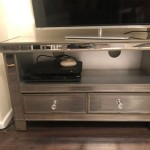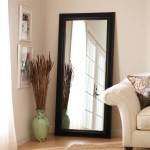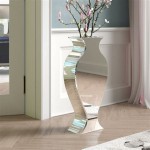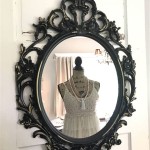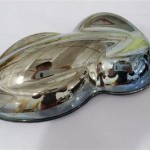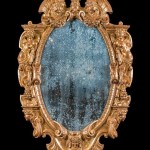Antique Glass Mirrors: Cox and Sons
Antique glass mirrors hold a unique allure, reflecting not only images but also glimpses into the past. Their imperfections, intricate frames, and historical significance make them coveted items for collectors and interior designers alike. Among the esteemed names in antique mirror production, Cox and Sons holds a prominent position, renowned for their craftsmanship and distinctive designs.
Key characteristics of Cox and Sons Mirrors:
- High-quality materials
- Intricate frame designs
- Use of silvering techniques
- Association with prestigious projects
- Distinctive style variations throughout their history
- Collectibility and value appreciation
- Markings and labels for authentication
Cox and Sons, originally established as ecclesiastical furnishers in the mid-19th century, expanded their repertoire to include high-quality mirrors. Their commitment to craftsmanship and attention to detail quickly established their reputation. Utilizing premium materials, including mahogany, walnut, and giltwood, their frames often featured intricate carvings, reflecting popular styles of the period, such as Gothic Revival and Rococo. These elaborate frames significantly contribute to the aesthetic and value of Cox and Sons mirrors today.
The silvering techniques employed by Cox and Sons are another crucial element in their mirrors' historical significance. Early mirrors utilized mercury silvering, a process known for its reflective brilliance but also for its toxicity. As technology advanced, Cox and Sons adopted newer silvering methods, which reflected the evolution of mirror-making practices throughout the latter half of the 19th and early 20th centuries. Examining the silvering can help date a Cox and Sons mirror and provides insight into the company's adaptability to changing technologies.
Cox and Sons' reputation for quality led to their involvement in prestigious projects, including furnishing churches, cathedrals, and even royal residences. Their work can be found in historic buildings across the United Kingdom and beyond, adding to the provenance and historical value of their pieces. Mirrors associated with specific projects or prominent individuals often command higher prices in the antique market.
Identifying a Cox and Sons Mirror:
- Frame Style and Materials
- Silvering Techniques
- Labels and Markings
- Provenance Research
The style of Cox and Sons mirrors evolved throughout their history, reflecting changing aesthetic trends. From the ornate designs of the Victorian era to the simpler lines of the Arts and Crafts movement, Cox and Sons adapted their production to meet the demands of the time. Identifying specific stylistic features can help in dating a mirror and understanding its place within the company's production timeline. For instance, early Victorian mirrors might feature intricate Gothic Revival elements, while later pieces might exhibit the more restrained aesthetics of the Edwardian period.
Authenticating a Cox and Sons mirror often involves searching for labels or markings on the back of the frame or the mirror itself. These markings can include the company's name, location, and sometimes even a date or project number. While not all Cox and Sons mirrors bear markings, their presence is a key indicator of authenticity and can significantly impact a mirror's value.
Provenance research plays a critical role in establishing a mirror's authenticity and historical context. If a mirror can be traced back to a specific location, project, or individual, its value and historical significance are greatly enhanced. Auction records, historical documents, and even family histories can provide valuable information in tracing a mirror's provenance.
Caring for an Antique Cox and Sons Mirror:
- Gentle Cleaning
- Appropriate Handling
- Environmental Considerations
Caring for an antique Cox and Sons mirror requires a delicate approach. Harsh chemicals and abrasive cleaning methods should be avoided, as they can damage the frame, the silvering, and the glass. Gentle dusting with a soft cloth is typically sufficient for routine cleaning. If more thorough cleaning is required, consulting a professional conservator is recommended.
Handling antique mirrors requires careful consideration of their fragility. Avoid lifting mirrors by the frame, as this can stress the joints and cause damage. When moving a mirror, support both the frame and the glass to distribute the weight evenly. Storing mirrors in a stable, climate-controlled environment is crucial for their preservation. Excessive humidity or temperature fluctuations can damage the silvering, the frame, and the glass itself.
Antique Cox and Sons mirrors represent not just reflective surfaces, but also pieces of history. Understanding their distinct characteristics, appreciating their historical context, and employing proper care practices ensures these beautiful objects continue to reflect the past for generations to come.
Antiqued Glass Convex Mirror
Antiqued Glass Frame Mirror Large
Antiqued Glass Frame Mirror Small
Antiqued Glass Frame Mirror Small
Antique Glass Mosaic Mirror

New Mirrors Trending Cox

Antique Brass Hexagon Mirror

The Man Ray Glass Leaf Mirror Ivory Cox London

Buy Cox Silver Antique Slim Frame Round Medium Mirror From Next

Cox Antique Silver Table Mirror Style

